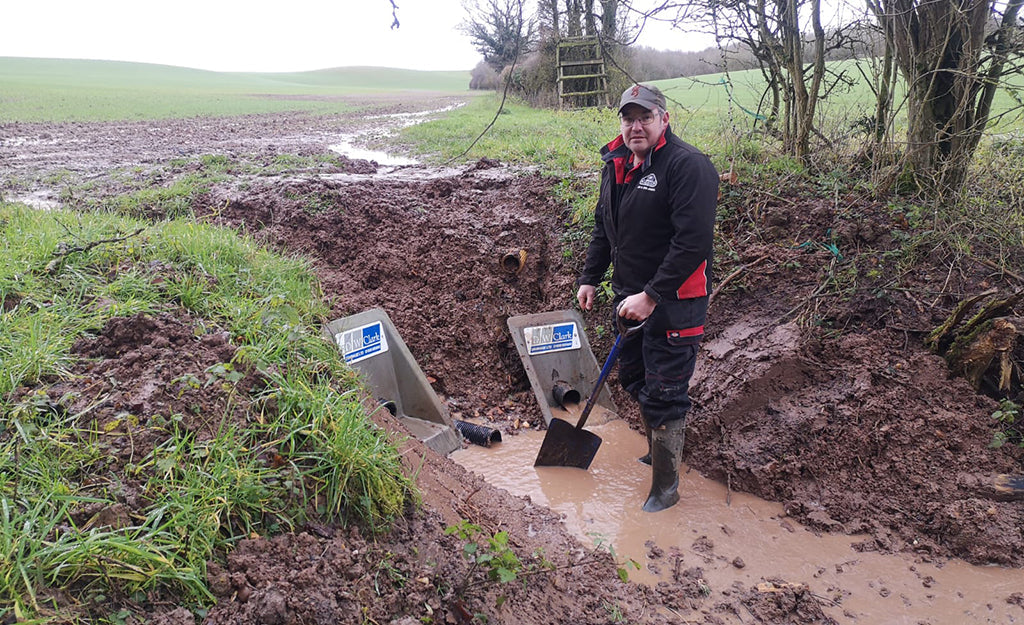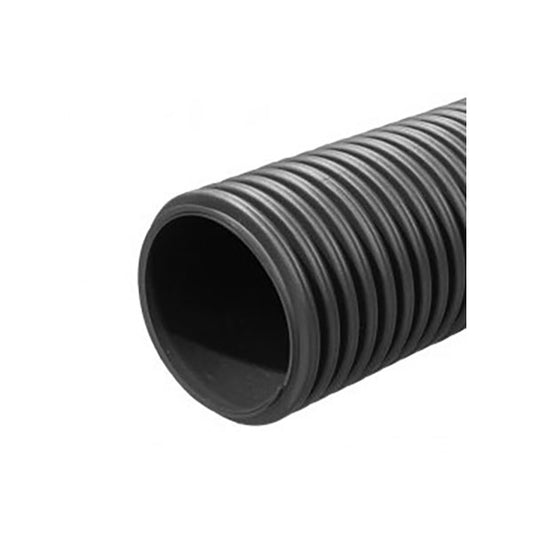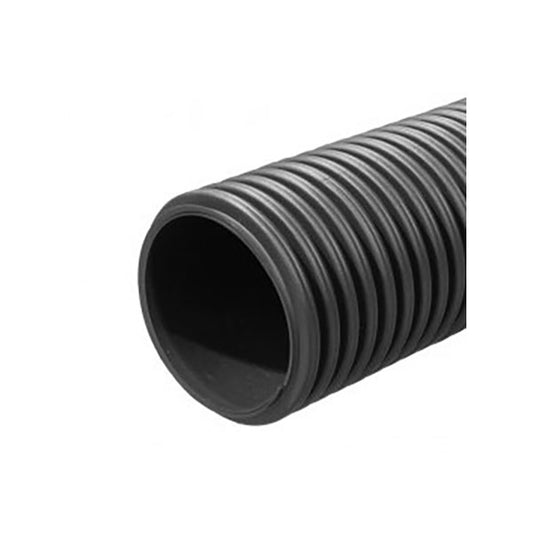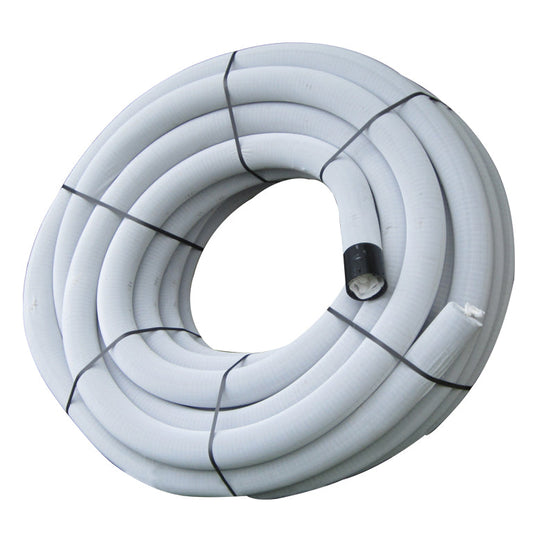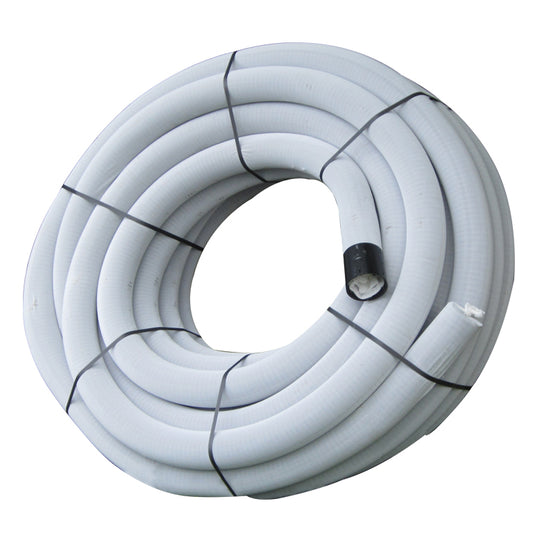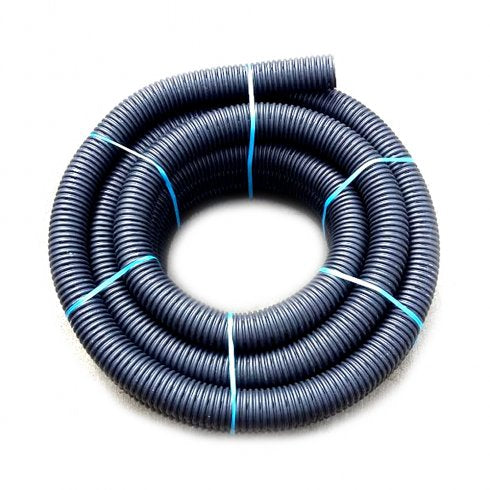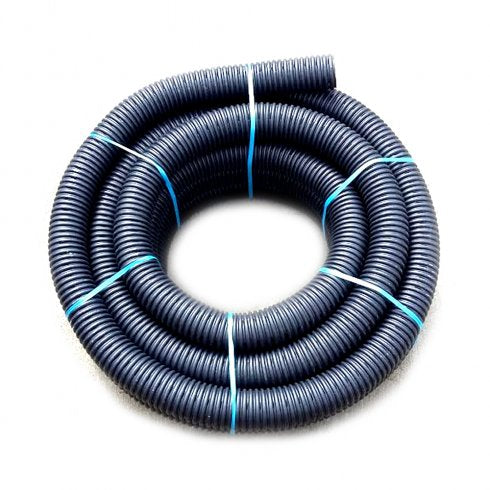Having a good ditch maintenance strategy is essential to prevent flooding on farmland while protecting local wildlife. Here’s our practical guide to effective ditch maintenance for farms.
Contents
Why are ditches important?
Ditches play a key role on farms as part of the overall drainage network. Land drainage systems are designed to flow into these watercourses, helping prevent arable land from becoming waterlogged. This improves soil structure, promotes better yields, and allows water to flow freely away from fields.
What maintenance is required for a natural watercourse compared to an artificial ditch?
The level of maintenance needed depends on how quickly silt and debris accumulate and on the ditch’s drainage purpose. Artificial ditches — created to support farm drainage systems — typically require more frequent maintenance than natural watercourses to keep them functioning efficiently and to protect their wildlife habitats.
When should maintenance be carried out?
The best time for ditch maintenance is during autumn and winter, when the impact on wildlife is minimal and farming operations are quieter. This allows for maintenance to be carried out carefully and efficiently.
What sort of maintenance is required?
Periodic clearing of artificial ditches prevents costly and disruptive work later. Regular maintenance ensures effective water flow and helps sustain diverse habitats for wildlife.
Problems arise when ditches are neglected and drainage systems begin to back up. Reactively deepening or widening banks can damage wildlife habitats, so proactive maintenance is always best.
According to Defra, dredging should only be done when necessary — not annually. Infrequent but thorough maintenance can be just as effective, saving both money and time.
Defra also recommends maintaining ditches on a rotational basis — leaving 30–50% of vegetation undisturbed and working on alternate banks. This encourages recolonisation, reduces environmental disruption, and allows sediments and nutrients to settle naturally.
It’s also important to maintain drain outflows and connected watercourses, which can become blocked by tree debris and silt build-up. Keeping these clear ensures your drainage network continues to operate efficiently.
Below is a short demonstration from Dave Jones of Hatton Bank Farm, showing how to safely clear a drainage ditch of debris and excavate it using a digger.
How can we help?
At Cotterill Civils, we supply a wide range of land drainage products, including land drainage pipe, twinwall pipe, culvert pipe, and headwalls.
Our experienced team can provide expert advice on the best drainage products for your application. Call us today on 0121 351 3230.
Alternatively, fill out our enquiry form:





